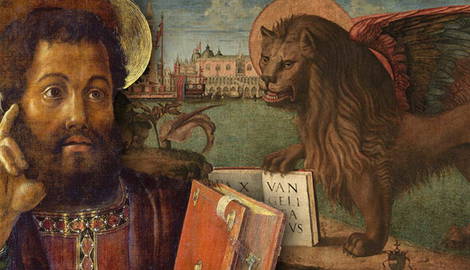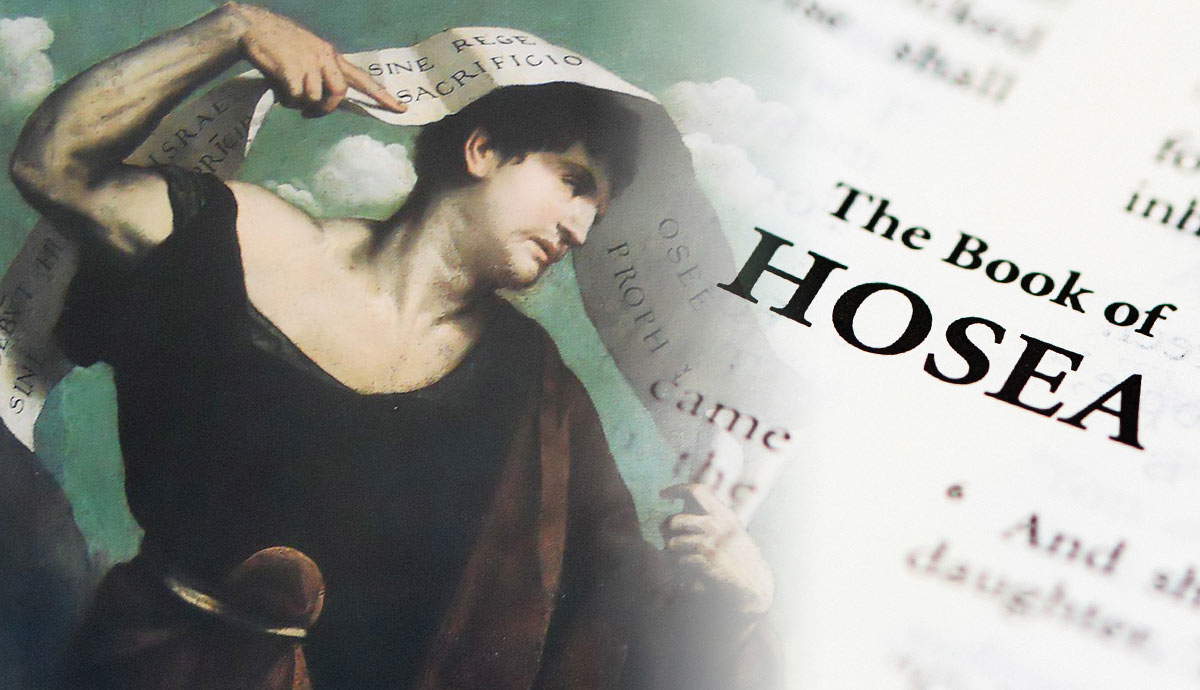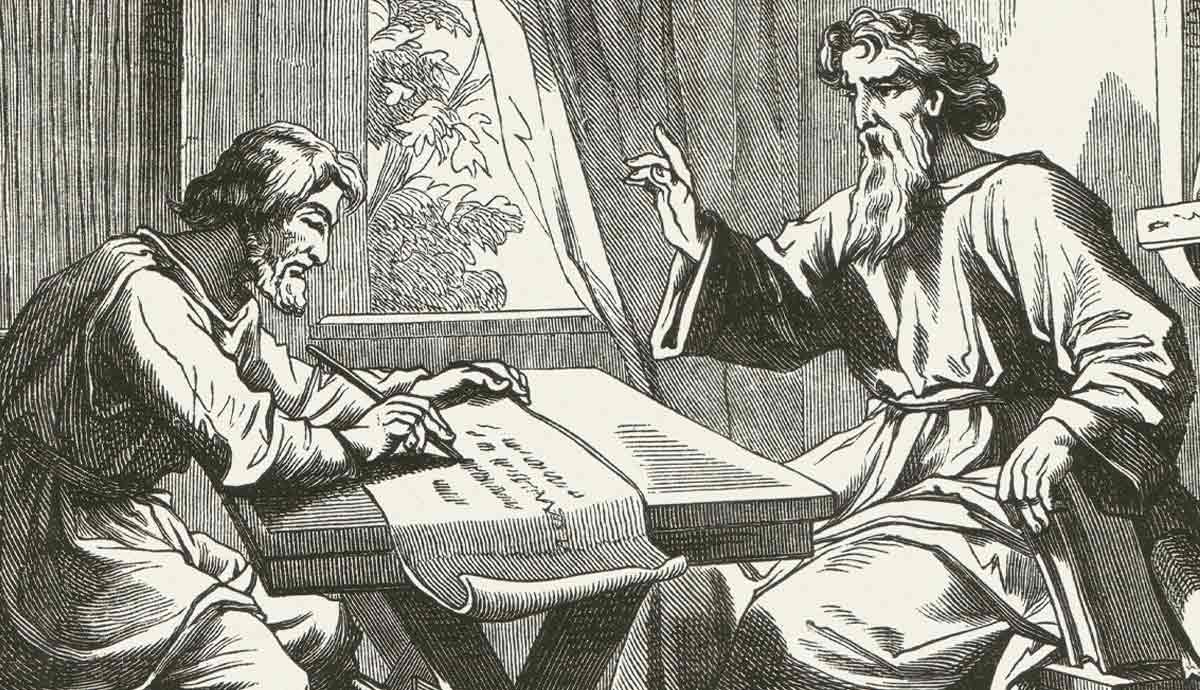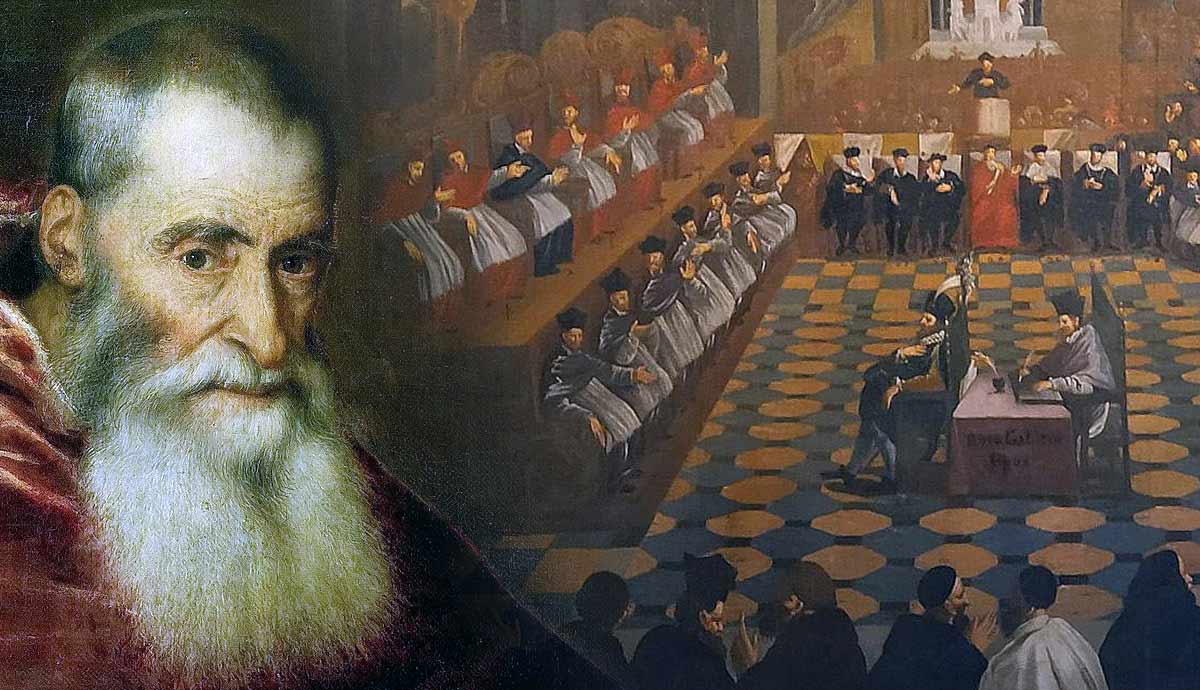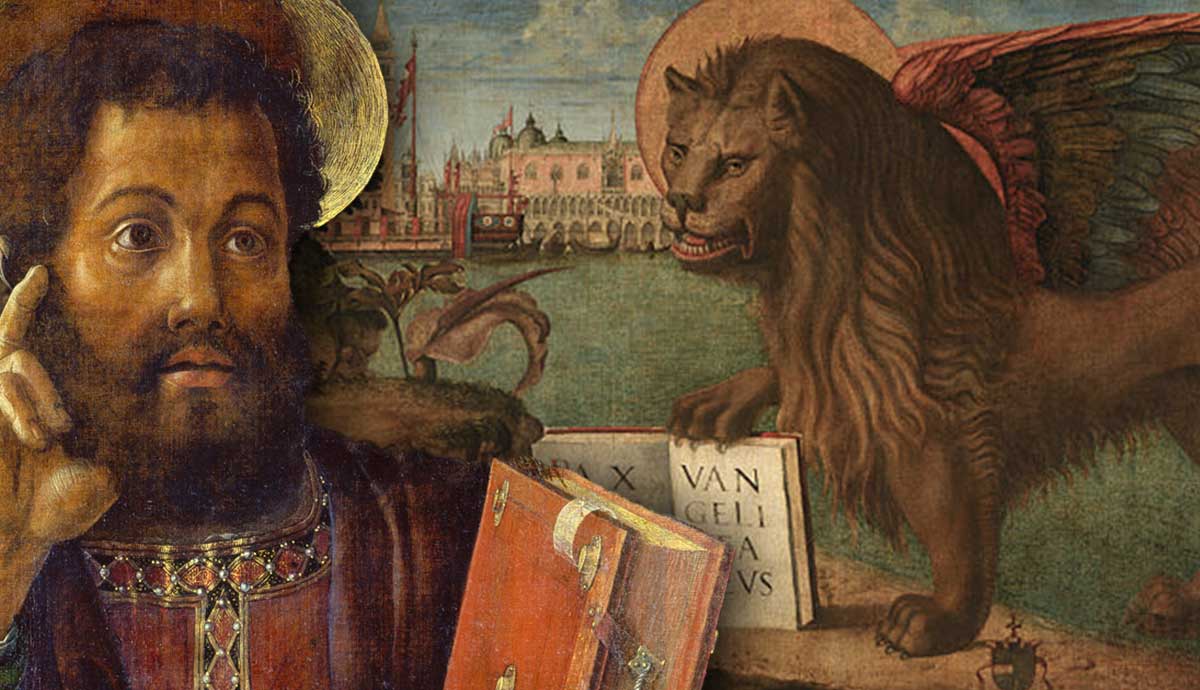
The Gospel of Mark is the shortest and arguably the first gospel of the three synoptic gospels. Scholars believe that the authors of Matthew and Luke may have used it as a source for their gospels due to the overlap they share with Mark. Mark presents a fast-paced version of the gospel message that the writer heard from Peter. He was not one of the Twelve Disciples but early tradition holds that he was John-Mark, who accompanied Paul and Barnabas on a missionary journey but turned back, which caused Paul to refuse to embark on another missionary trip with him (Acts 13:5; 15:35-41).
Authorship and Date of the Gospel of Mark

The Gospel of Mark emits any internal clue as to who authored it. Tradition holds that John Mark, a companion of Peter, authored the gospel. Papias of Hierapolis, among other Church Fathers, promoted John Mark as the author but contemporary scholars question that attribution. These scholars believe the gospel attributed to Mark had an anonymous author, and early Christian scholars attributed it to Mark to bolster its credibility by connecting it with an authoritative figure.
Considering the content of this gospel, some scholars have argued that the author compiled it from various narratives extant in their day. The Q-source theory is an example of one proposed pre-existing source.
Scholars who believe that the Gospel of Mark served as source material for Matthew and Luke tend to date this work to the late 50s or early 60s CE. Because of eschatological narratives like Mark 13, other theologians have suggested that it was likely written shortly before or after the destruction of Jerusalem in 70 CE. Comments made about Mark in the works of the Church Fathers seem to align with the latter date, rather than the former.
The similarities between the gospels of Matthew, Mark, and Luke are the reason these gospels are synoptic. The word essentially means “to see the same,” and these three gospels share much of the same content.
Historical Context

The author of the Gospel of Mark wrote for a Gentile audience, likely in Rome. The genre of this gospel is that of an ancient biography where the life and actions of the subject present an example to emulate. The gospel aims to build faith in the readers and presents it as a fast-paced rendition of the key events, actions, and sayings of Jesus during his ministry. Considering the persecution of Christians before and after the destruction of Jerusalem, Mark likely wanted to put the example Christ set before believers for them to emulate as they suffered.
The Jews were expecting a Messiah who would free them from Roman bonds. Mark presents Jesus as a man who was very different from what they expected, but still the Messiah. He presents Jesus as being all about the Kingdom of God, as opposed to establishing a kingdom on earth.
Structure

In broad strokes, the Gospel of Mark is divided into four sections:
Introduction (Mark 1:1-1:13)
This short section introduces John the Baptist and briefly mentions the baptism and temptation of Jesus. The other synoptic gospels expand on these themes.
The ministry of Jesus in Galilee (Mark 1:14-9:50)
The first part of the Gospel of Mark focuses on the acts and interactions Jesus had in Galilee. He called his disciples and was teaching and preaching, performing miracles and exorcisms.
The Road to Jerusalem
While Jesus was on his way to Jerusalem, he started revealing to his disciples that he would suffer, die, and resurrect again. In doing so, he laid out his mission to his followers, who would be witnesses to these events. During this trip, events like the Transfiguration, the encounter with the rich young man, and the healing of Bartimaeus the blind man took place, among many other teachings and miraculous events.
Events in Jerusalem
The events in Jerusalem make up the largest single section in the Gospel of Mark. It starts with his triumphant entry and covers teachings, parables, conflict with religious leaders, eschatological utterances, the betrayal of Jesus, his arrest and trial, the Crucifixion, and the Resurrection. The short version of Mark ends with the Resurrection narrative, and the longer version includes the appearance of Jesus to Mary Magdalene, two of his disciples, and the great commission.
The longer ending
The oldest versions of Mark end with Mark 16:8. The longer ending, consisting of Mark 16:9-20 is a later addition that sought to correct the abrupt ending of the shorter version.
Main Themes

The Identity of Jesus
From the start, Mark briefly speaks of John the Baptist and then relates how John baptized Jesus, and a voice from heaven identified him, saying: “You are my beloved Son; with you, I am well pleased.”
The Kingdom of God
The proclamation of the Kingdom of God is an enduring theme from the first chapter of Mark. It sets the tone for the rest of his gospel message. The theme also manifests in the parables and miracles of Jesus. The Kingdom of God concept is radically different from what Jews envisioned because it was radically inclusive in terms of crossing over with the marginalized and sinners. Jesus was associated with tax collectors, who Jewish society deemed repulsive. The kingdom of God was inclusive of all, regardless of background or nationality.
The Messianic Secret
On several occasions, Jesus told his disciples, other people, and even devils not to reveal his identity to others. This phenomenon is called the Messianic secret. Some scholars propose that the tradition of Jesus hiding his identity is fictitious and may have arisen due to the variance in how people perceived the real Jesus and how believers perceived Jesus as the Messiah after his Resurrection.
Key Passages

Mark 1:1
“The beginning of the gospel of Jesus Christ, the Son of God.”
Mark wasted no time in introducing the purpose of his rendition of the gospel to the reader. It is all about Jesus Christ, the Son of God, being the Messiah who came to work salvation for man.
Mark 1:14-15
“Now after John was arrested, Jesus came into Galilee, proclaiming the gospel of God, and saying, ‘The time is fulfilled, and the kingdom of God is at hand; repent and believe in the gospel.’”
The word translated as “the time” is ὁ καιρός (ho Kairos) and refers to an appointed time. It alludes to a time that was prophesied about and may refer to Old Testament prophecies that pointed to the ministry of Jesus.
Mark 10:45
“For even the Son of Man came not to be served but to serve, and to give his life as a ransom for many.”
In recording these words, Mark highlights the servant leadership principle that Christians should emulate. If the Son of God humbled himself to become a man to serve mankind, how much more should Christians be willing to serve others?

Mark 12:29-31
“Jesus answered, ‘The most important is, “Hear, O Israel: The Lord our God, the Lord is one. And you shall love the Lord your God with all your heart and with all your soul and with all your mind and with all your strength.” The second is this: “You shall love your neighbor as yourself.” There is no other commandment greater than these.’”
In essence, this is a summary of the Ten Commandments of which the first four deal with man’s relationship with God and the remaining six with the relationship among humans. It sets the boundaries within which these relationships can flourish in freedom and mutual respect.
Mark 14:61-62
“But he remained silent and made no answer. Again the high priest asked him, ‘Are you the Christ, the Son of the Blessed?’ And Jesus said, ‘I am, and you will see the Son of Man seated at the right hand of Power, and coming with the clouds of heaven.’”
The religious leaders among the Jews considered these words of Jesus blasphemy. That is because they knew the term “I am” (Greek: ἐγώ εἰμι, ego eimi) echoes the divine revelation of God when he revealed himself to Moses from the burning bush, saying: “I AM WHO I AM.” The reference to “the Son of Man seated at the right hand of Power” recalls references in Daniel 7:13-14 and Psalm 110:1. With those words, Jesus unequivocally identified himself as the Son of God and the Messiah.
Contemporary Relevance

The Gospel of Mark still meets its intended function today, to build faith in believers. It provides a concise version of the life and ministry of Jesus, showing that he is the promised Messiah. It reveals him as the Son of Man sent for the salvation of all mankind.
Its inclusion of marginalized communities serves as an example to Christian communities today, though its focus on ethical living shows that inclusion does not come at the expense of the core values of the Christian faith.
